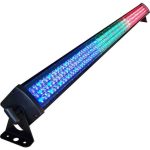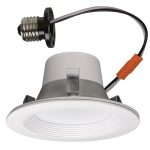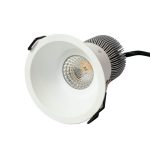Easy Steps to Replace LED Ceiling Light Bulb: A Beginner’s Guide
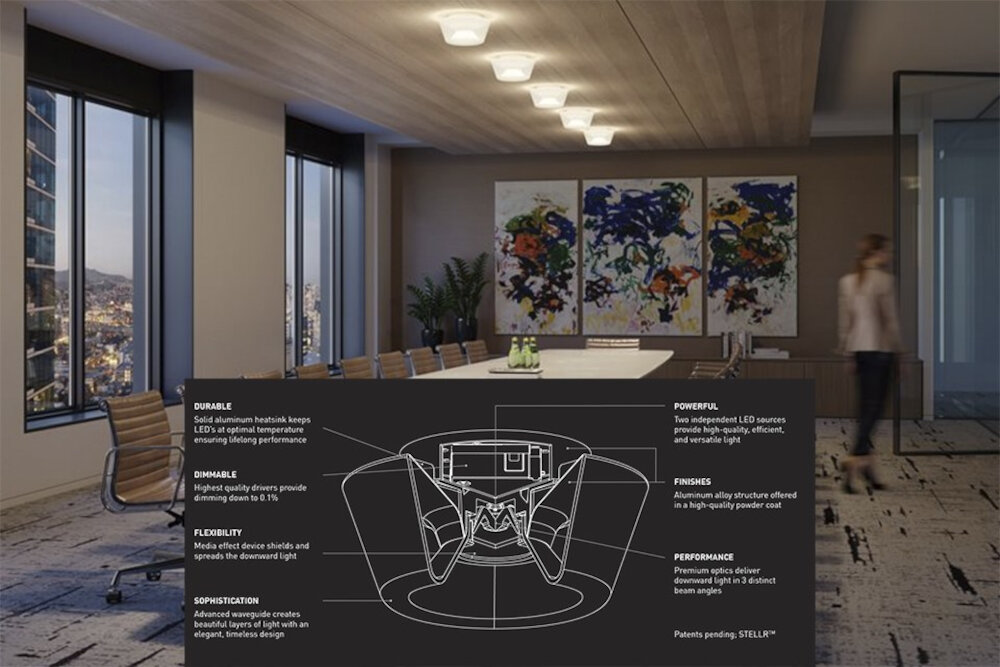
Are you tired of living in dimly lit spaces? Or maybe you’re looking to upgrade your home’s lighting fixtures? Regardless of your reason, replacing your old light bulbs with LED ceiling bulbs is a great way to enhance the brightness and ambiance of your home. However, if you’re a beginner, the process of replacing LED ceiling light bulbs may seem daunting. Fear not, as this guide will take you through easy, step-by-step instructions on how to replace LED ceiling light bulbs in no time. LED ceiling light bulbs are a popular choice for their energy efficiency, long lifespan, and bright illumination. They are easy to install and can instantly transform the look and feel of any room. With a few basic tools and some simple steps, you can replace your old light bulbs with LED ceiling light bulbs without the need for professional help. So, let’s get started on this beginner’s guide to replacing LED ceiling light bulbs and brightening up your home!
Safety Precautions

Safety precautions are crucial when replacing a LED ceiling light bulb. The first and most important precaution is to switch off the power supply. This can be done by turning off the light switch and the circuit breaker that controls the light fixture. It is also important to check the voltage of the light fixture to ensure that it is safe to handle. Wearing gloves and goggles is recommended to prevent any injury from broken glass in case the bulb shatters. Another important tip is to let the bulb cool down before handling it, as it can get very hot during operation. In addition to the above, it is important to use a stable ladder or step stool to reach the light fixture, and to make sure that it is placed on a flat and even surface. It is also important to avoid any sudden movements or jerks when removing the old bulb, as this can cause it to break or shatter. When installing the new bulb, make sure that it is properly aligned and screwed in securely. Finally, it is important to dispose of the old bulb properly and to avoid touching the metal base, as it can still be hot. By following these safety precautions, replacing a LED ceiling light bulb can be a safe and easy task for beginners.
Before replacing an LED ceiling light bulb, it’s essential to turn off the power supply to ensure safety. The power supply can be turned off by switching off the circuit breaker that controls the light fixture or by turning off the light switch connected to the fixture if there is no separate circuit breaker. It’s crucial to remember that working with electricity can be dangerous, and failing to turn off the power supply can result in electric shock or damage to the fixture. Hence, always double-check that the power supply is off before replacing the LED ceiling light bulb.
When replacing an LED ceiling light bulb, it is important to use protective equipment to ensure your safety. This includes wearing gloves to protect your hands from sharp edges or broken glass, as well as safety glasses to shield your eyes from any debris that may fall during the process. Additionally, if you are working on a high ceiling, a ladder with non-slip feet and a stable base is recommended to prevent any accidents or falls. By taking these simple precautions, you can ensure a safe and successful LED ceiling light bulb replacement.
When it comes to replacing an LED ceiling light bulb, it is imperative to handle the bulb with care. These bulbs are delicate and can easily break or become damaged, which can result in injury or damage to the light fixture. Always turn off the power supply before starting the replacement process and wait for the bulb to cool down if it has been used recently. When removing the old bulb, gently twist it counterclockwise until it comes loose. Avoid using too much force or pulling it out abruptly, as this can damage the fixture or cause the bulb to shatter. Similarly, when inserting the new bulb, ensure that it is lined up correctly and insert it gently, twisting it clockwise until it is securely in place. By handling the bulb with care, you can avoid accidents and ensure that your LED ceiling light continues to function properly.
Selecting the Right Bulb
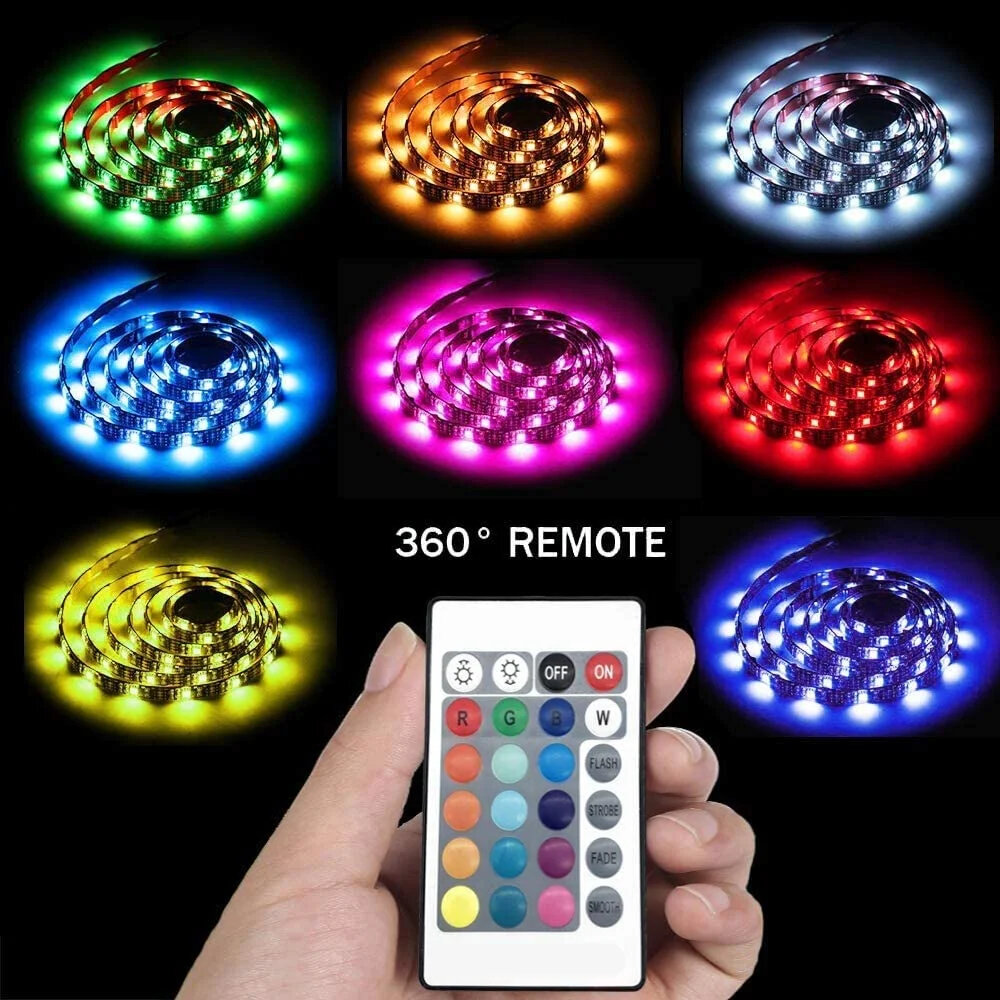
Selecting the right bulb is an essential step in replacing LED ceiling light bulbs. Choosing the wrong bulb can result in poor lighting, energy inefficiency, and a shorter lifespan for both the bulb and the fixture. When selecting a bulb, consider the brightness, color temperature, and wattage. The brightness of the bulb is measured in lumens, and the higher the number, the brighter the light. The color temperature is measured in Kelvin and determines the warmth or coolness of the light. A lower Kelvin number produces a warm, yellow light, while a higher Kelvin number produces a cool, blue light. Lastly, the wattage of the bulb determines its energy consumption, and a lower wattage bulb will be more energy-efficient. In addition to these factors, it’s important to consider the size and shape of the bulb. LED bulbs come in various shapes and sizes, including A-shape, PAR, and MR bulbs. It’s essential to choose a bulb that is compatible with the fixture and will fit properly. Additionally, some fixtures require specific types of bulbs, such as dimmable bulbs or bulbs with a particular base type. It’s crucial to check the fixture’s specifications before purchasing a bulb to ensure it will work correctly. By taking the time to select the right bulb, you can ensure optimal lighting, energy efficiency, and longevity for your ceiling light fixture.
Before replacing a ceiling light bulb with an LED one, it is essential to check the fixture and bulb type. LED bulbs come in different sizes, shapes, and bases, and not all of them are compatible with the existing fixture. Therefore, it is crucial to ensure that the LED bulb you choose fits the socket and wattage of the fixture. Additionally, some fixtures may require a specific type of LED bulb, such as dimmable or non-dimmable. Checking the fixture and bulb type before replacing the bulb will save time and effort, ensuring that the new LED bulb is compatible and functional.
Before replacing an LED ceiling light bulb, it is essential to determine the brightness and color temperature needed. Brightness is measured in lumens, and it determines the light output of a bulb. The higher the lumens, the brighter the light will be. Color temperature, on the other hand, measures the warmth or coolness of the light emitted by the bulb. It is measured in Kelvin, and a lower Kelvin number indicates a warmer, yellowish light, while a higher Kelvin number indicates a cooler, bluish light. It is important to select the appropriate brightness and color temperature to ensure that the lighting in the room is both functional and aesthetically pleasing.
When replacing an LED ceiling light bulb, it’s important to consider the energy efficiency rating of the new bulb. The energy efficiency rating, also known as the lumens per watt (LPW), measures the amount of light output per unit of energy consumed. The higher the LPW, the more energy-efficient the bulb is. Investing in an energy-efficient LED bulb not only reduces your electricity bill but also helps the environment by reducing energy consumption. Therefore, before making a purchase, make sure to check the energy efficiency rating of the bulb and choose one with the highest LPW value within your budget.
Removing the Old Bulb
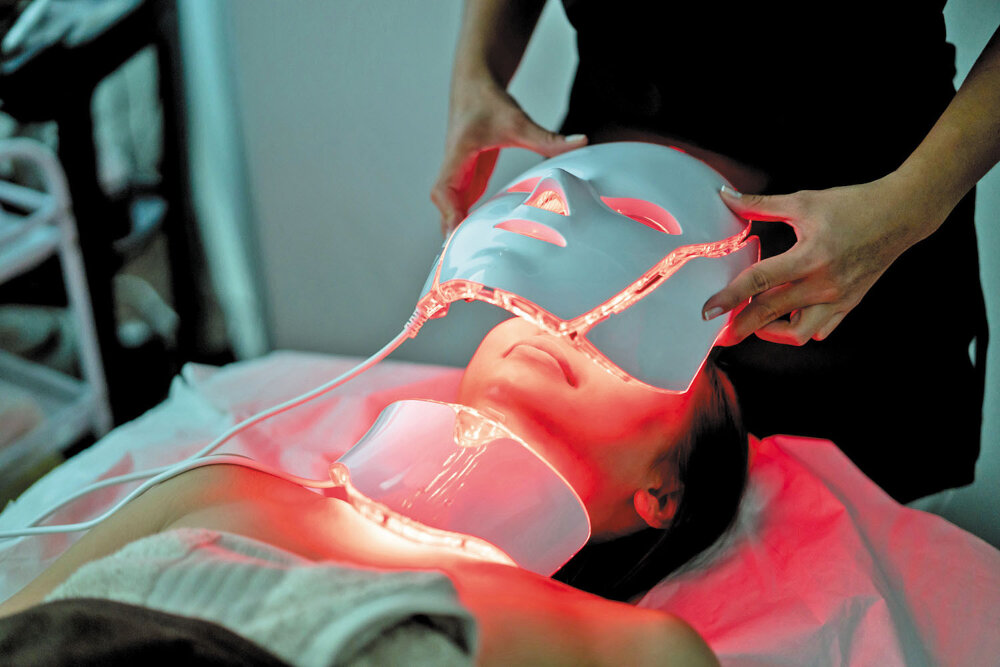
When it comes to replacing an LED ceiling light bulb, the first step is to remove the old one. This may seem like a simple task, but it’s important to do it correctly to avoid any damage to the fixture or injury to yourself. To begin, turn off the power to the light fixture by switching off the circuit breaker or removing the fuse. This will ensure that there is no electrical current running to the fixture, making it safe to work on. Next, locate the old bulb and gently twist it counterclockwise to loosen it from the socket. Be careful not to apply too much pressure or force, as this could break the bulb or damage the fixture. Once the bulb is loose, carefully remove it from the socket and dispose of it properly. It’s important to note that some bulbs may be more difficult to remove than others, so don’t hesitate to seek help if needed. With the old bulb removed, you can now move on to the next step of replacing it with a new LED bulb.
Before attempting to replace an LED ceiling light bulb, it’s important to allow the bulb to cool down. LED bulbs can get hot during usage, and attempting to remove a hot bulb can be dangerous. Allowing the bulb to cool will not only prevent any potential accidents but also ensure that the bulb is ready to be safely removed and replaced. It’s recommended to wait at least 10-15 minutes after turning off the light before attempting to replace the bulb. This simple step can ensure a safe and successful replacement process.
To replace an LED ceiling light bulb, the first step is to twist and remove the old bulb from the fixture. This may require a bit of force or a gentle wiggle to loosen the bulb from its socket. It’s important to turn off the power source to the fixture before attempting to remove the bulb to avoid any electrical accidents. Once the bulb is removed, inspect the socket for any corrosion or damage and clean it if necessary. It’s also a good idea to check the wattage and size of the old bulb to ensure that the new LED bulb will be a suitable replacement. With the old bulb removed, you can now move on to installing the new LED bulb.
When replacing an old LED ceiling light bulb, it’s important to dispose of the old bulb properly. LED bulbs contain small amounts of hazardous materials, such as mercury, which can be harmful to the environment if not disposed of correctly. To dispose of the old bulb, first, turn off the power to the fixture and allow the bulb to cool. Then, carefully remove the bulb from the fixture and place it in a sealed plastic bag. Check with your local waste management authority for disposal instructions, as some areas have specific rules for disposing of hazardous materials. By taking the time to dispose of the old bulb properly, you are not only protecting the environment but also ensuring the safety of those who handle your waste.
Installing the New Bulb
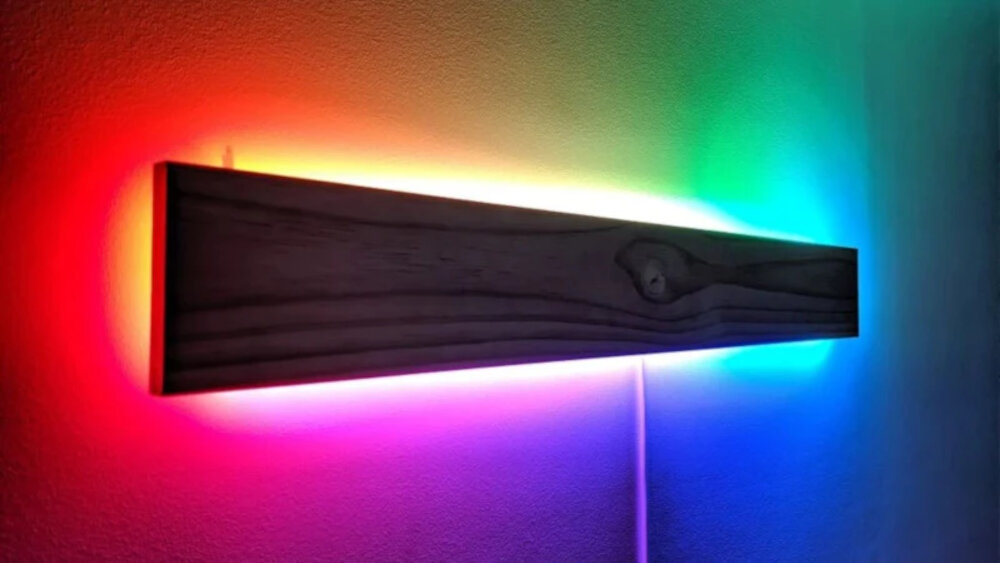
Installing the new bulb is the final step in the process of replacing an LED ceiling light bulb. It is important to handle the new bulb with care during installation to avoid damaging it. First, make sure the power is turned off before beginning the installation. Next, remove the old bulb and clean the socket if necessary. Then, gently insert the new bulb into the socket, making sure it is securely in place. It is important not to twist the bulb too tightly as this can damage the socket or bulb. Once the bulb is securely in place, turn the power back on and test the light to ensure it is working properly. When installing the new bulb, it is important to choose the correct size and type of bulb for your fixture. LED bulbs come in a variety of shapes and sizes, so it is important to check the packaging for the correct specifications. It is also important to consider the brightness and color temperature of the bulb to ensure it meets your needs. Some LED bulbs are dimmable, which can be useful in rooms where you want to adjust the lighting level. Overall, installing a new LED ceiling light bulb is a simple process that can be completed by anyone with a little bit of knowledge and care. By following these easy steps, you can enjoy energy-efficient lighting in your home for years to come.
After removing the old bulb, it’s time to install the new LED ceiling light bulb. The first step is to align the new bulb with the socket. Make sure the base of the bulb fits snugly into the socket and is not loose. You can gently twist the bulb to ensure it’s properly aligned. It’s important to note that LED bulbs are directional, meaning they have a specific orientation in which they emit light. Look for any markings on the bulb or socket to ensure you’re installing it in the correct direction. Once you’re confident that the bulb is properly aligned, you can move on to the next step in the installation process.
One of the essential steps in replacing an LED ceiling light bulb is twisting it into the socket. To do this, you need to make sure that the bulb is compatible with the fixture and has the same wattage as the old one. Once you have checked these details, turn off the power supply and remove the old bulb by gently twisting it counterclockwise. Then, take the new LED bulb and align the pins with the socket holes before inserting it. Finally, give it a firm twist clockwise until it locks into place. It’s crucial to avoid over-tightening the bulb, as this can damage the socket or the bulb itself. With a few simple steps, you can enjoy the energy-saving benefits of LED lighting.
After successfully replacing the old bulb with a new LED ceiling light bulb, the next step is to test it. Turning on the light switch should immediately illuminate the room with bright, energy-efficient light. However, it is advisable to check the brightness level and color temperature of the new bulb to ensure it meets your desired specifications. If the light appears too dim or too bright, you may need to adjust the wattage or lumens of the bulb. Additionally, if the color temperature is too warm or too cool for your liking, you may need to replace the bulb with one that has a different temperature rating. Overall, testing the new bulb is a crucial step in ensuring that your LED ceiling light is functioning correctly and providing optimal lighting for your needs.
If you’re looking to replace your LED ceiling light bulbs, you’ll be pleased to know that it’s a relatively simple task that can be accomplished by anyone, even if you don’t have any experience with electrical work. Of course, it’s important to take the necessary safety precautions to avoid any accidents or injuries. Before you get started, ensure that the power supply to the light fixture is turned off to prevent electric shock. Additionally, make sure you have the right bulb size and wattage to avoid any potential hazards. Once you’ve taken all the necessary precautions, replacing an LED ceiling light bulb should be a straightforward process that will give your room a fresh new look.
If you’re wondering how to replace your LED ceiling light bulb, don’t worry – it’s easier than you think! By following just a few simple steps, you can enjoy a brighter, more energy-efficient home in no time. First, make sure you have the right replacement bulb – LED bulbs come in a wide variety of shapes and sizes, so double-check your fixture to make sure you get the right one. Next, turn off the power to the fixture to avoid any accidents. Then, remove the old bulb by gently twisting it counterclockwise and pulling it out of the fixture. Finally, insert the new bulb by gently pushing it into the socket and twisting it clockwise until it clicks into place. With these easy steps, you can enjoy a brighter, more energy-efficient home in no time!
Conclusion

In conclusion, replacing an LED ceiling light bulb may seem daunting at first, but with the right tools and knowledge, it can be a simple and easy task. By following the step-by-step guide outlined above, beginners can confidently replace their LED ceiling light bulbs without any hassle. It is important to remember to turn off the power supply, handle the bulb with care, and select the appropriate bulb type and size. With these easy steps, you can ensure that your home is always brightly lit and energy-efficient. So don’t hesitate to try it out and enjoy the benefits of a well-lit home!

